Your Cart is Empty
🙏HELP US SAVE TIGERS!🐅 WE DONATE 1% OF OUR SALES TO WILDLIFE ORGANIZATIONS ( WWF ...)
Menu

🙏HELP US SAVE TIGERS!🐅 WE DONATE 1% OF OUR SALES TO WILDLIFE ORGANIZATIONS ( WWF ...)
How Fast Can a Leopard Run? A Fascinating Look at Their Speed
April 21, 2024 5 min read
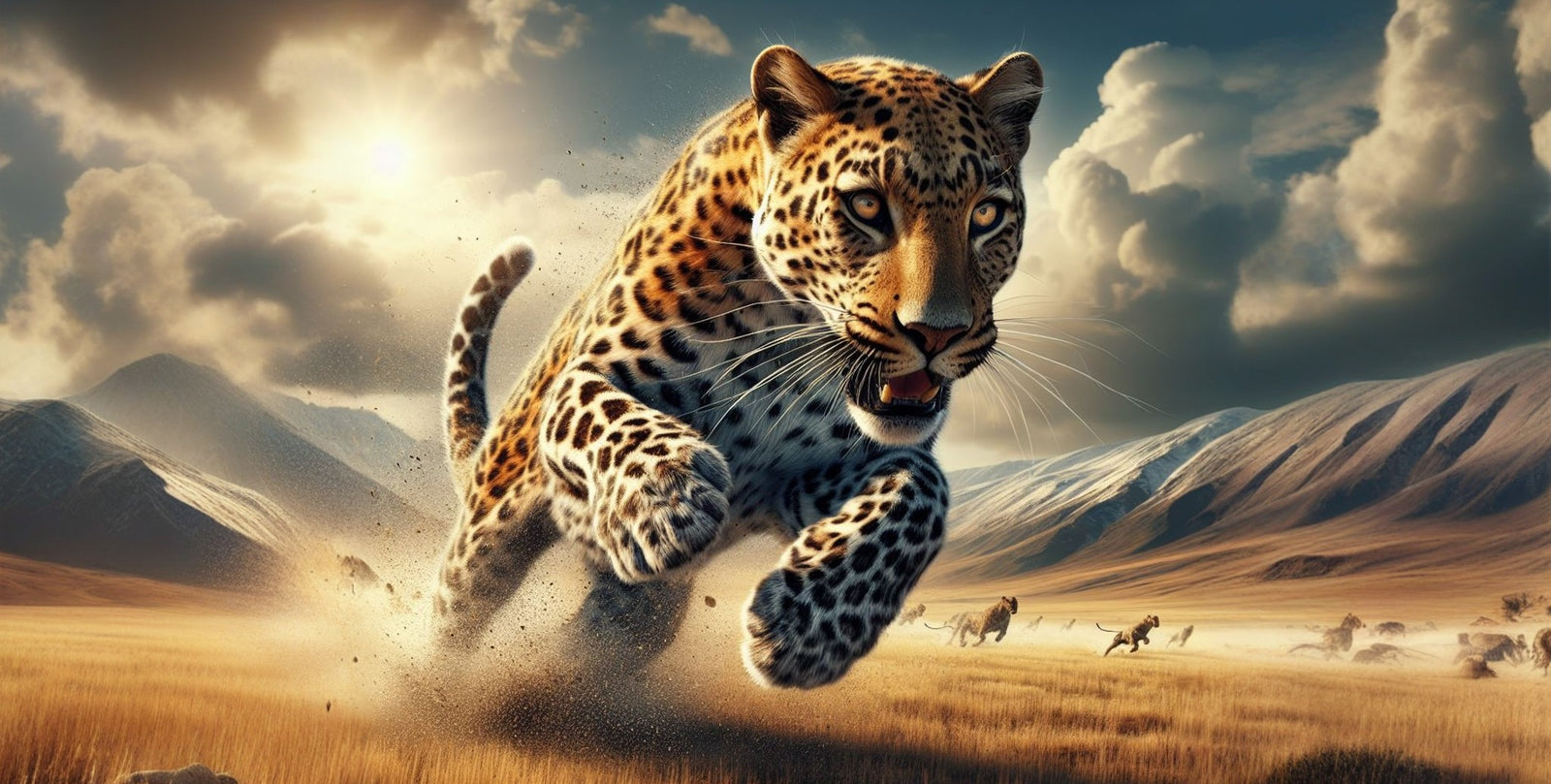
A gold medal sprinter can hit 28 mph, but the African leopard outpaces this easily. They can hit speeds of 35-37 mph. This showcases their incredible speed in the wild. Leopards are known for their quick sprints. This skill is vital for their survival.
Their running speed is not just fast. It shows their stealth, strength, and agility. These qualities make them top predators. People often wonder how leopards compare to other big cats. And what makes their speed so deadly?
The Incredible Speed of a Leopard: How Fast Can a Leopard Run?
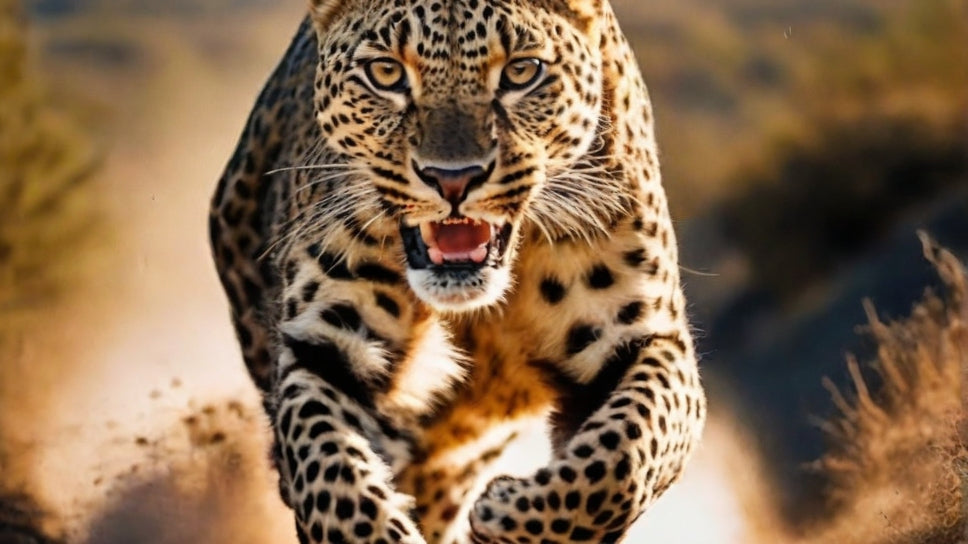
Leopards are known for their ability to sprint quickly in just a few steps. To really understand their speed, we need to explore how fast can a leopard run and their agility during the hunt. This speed is crucial for escaping danger or catching food, showing how they thrive in the wild.
Understanding Leopard's Top Speed
Leopards are incredibly agile and strong, reaching speeds up to 36 mph. Their speed is vital for hunting alone, unlike other predators that hunt in groups. Leopard run speed records reveal their incredible burst of speed, essential for sneaking up on their prey.
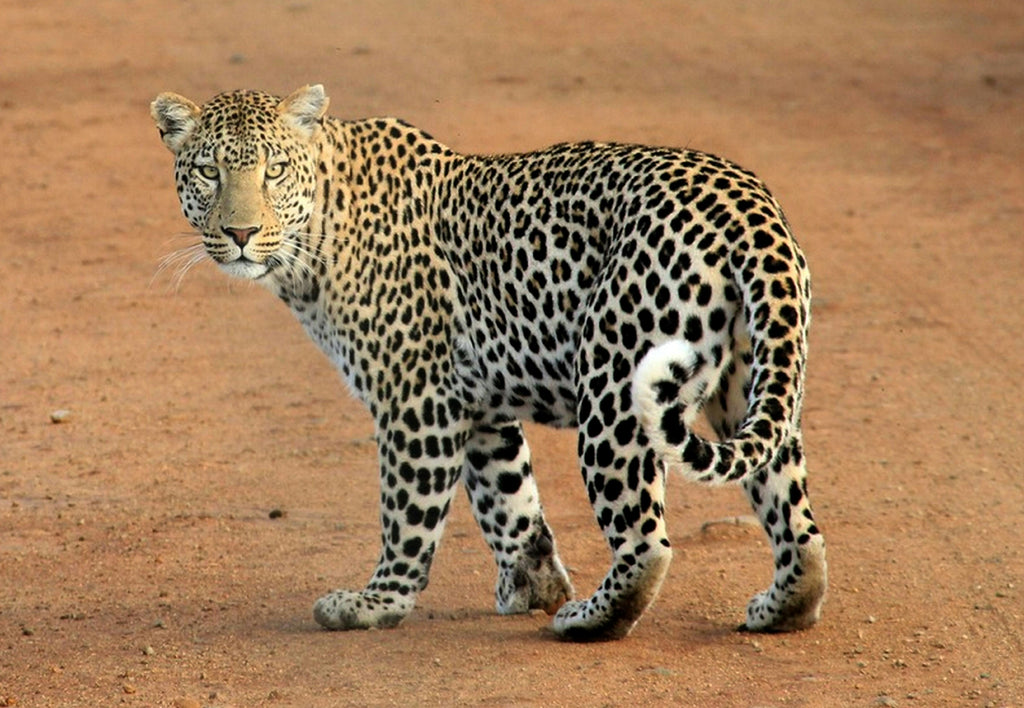
Comparative Speed: Leopards vs Other Big Cats
Compared to other big cats, leopards hold their own with competitive sprint speeds, similar to tigers. But they can keep up their top speed a bit longer. Jaguars, living in the same areas, have similar speeds under perfect conditions. Yet, slimmer mountain lions or pumas can hit speeds up to 80 km/h, challenging the leopard’s rank in speed among the big cat family.
Leopard Running Capabilities and Limitations
Leopards excel in short bursts rather than long runs, ideal for quick attacks not exceeding 200 meters. This strategy is about ambushing prey, not chasing them for long. Their leopard running capabilities are fine-tuned for making the first attack count by balancing energy use with their hunting success.
| Big Cat | Top Speed (mph) | Sprint Distance (meters) |
|---|---|---|
| Leopard | 36 | 200 |
| Cheetah | 75 | 460-500 |
| Tiger | 36-40 | 200-300 |
| Jaguar | 50-60 | 200 |
| Mountain Lion | 50 (up to 80 km/h) | 200-300 |
If you want to learn more about the tiger running speed please check our article which will give you information about Tiger's speed.
Physical Adaptations for Speed: The Leopard's Anatomy
The leopard running mph shows incredible agility and finesse, thanks to its evolved anatomy. These adaptations are geared towards stealth and quick bursts, vital in hunting. Leopards have powerful, muscular bodies that enable quick acceleration, important in their hunting methods.
Their hind legs are particularly strong, giving them the ability to make high-speed chases and big jumps. Leopards also have broad shoulders that help them strike prey effectively. Their large paws come with retractable claws, providing grip in their varied habitats. This allows them to make sharp turns while chasing prey.
| Physical Feature | Function | Contribution to Speed |
|---|---|---|
| Muscular, Compact Body | Provides power for sprinting and leaping | Essential for explosive bursts, reaching high leopard running mph |
| Powerful Hind Legs | Allows for extensive leaps forward and upward | Enables the hunting speed of leopards for ambush tactics |
| Large Paws with Retractable Claws | Offers grip and facilitates sharp turns | Supports agility and maneuverability, critical for leopard speed in the wild |
Leopards combine speed with power in their hunting strategy. Their anatomy is specially crafted for survival across different landscapes. These traits make the leopard a dominant force in nature. Their physique is a product of evolution, designed for success in diverse environments.
Leopard Hunting Techniques and Speed Utilization
At the core of a leopard's remarkable speed is its strategy in hunting. Their hunt is more than just speed. It is an art that requires planning, patience, and explosive power. The focus is not only on their speed but also on their agility, strength, and smart tactics. These qualities make them exceptional hunters.
Stealth and Ambush: The Hunting Strategy

Leopards master the art of stealth. They sneak up on their prey using surroundings to stay hidden. This way, they can get close without being seen. Once close enough, they use their incredible speed to attack quickly and powerfully. Leopards are not just fast runners; they are smart hunters, too.
Kinetic Energy: Speed Into Power
Their speed is not just for show; it's for capturing their prey with force. When a leopard pounces, it turns its speed into a powerful strike. This is key to their hunting success. It shows how they can tackle larger animals by using their speed and strength.
| Leopard Attribute | Details | Significance |
|---|---|---|
| Sprint Speed | Up to 36 mph (58 km/h) | Allows for sudden bursts to catch prey off-guard |
| Stealth Approach | Camouflage and silent stalking | Essential for getting close to prey undetected |
| Kinetic Impact | High-energy pounce | Turns speed into power for a swift kill |
Understanding a leopard's hunt and speed shows there's more than meets the eye. It's about the blend of speed, strength, and smart planning that sets them apart. This adds depth to our understanding of how fast leopards run and hunt.
Leopard Speed in Different Terrains: From Savannas to Forests
Leopards are amazingly versatile in how fast they hunt. In the savannas of Africa, they have few places to hide. So, leopard speed in the wild is crucial for staying alive. They can suddenly sprint and reach their top speed quickly. This helps them catch prey on the wide-open plains.
The dense forests of Asia offer a different story. The thick underbrush and uneven ground change how leopards hunt. Here, the hunting speed of leopards focuses on being agile and sneaky. Instead of just speed, they're great at quiet, fast moves to surprise their prey.
In places you wouldn't expect big cats, like rocky areas or near rivers, leopards still thrive. How do they manage? They mix balance, strength, and just the right amount of speed. They can even swim to catch food or avoid danger.
Leopards show us their incredible ability to adapt through their versatile hunting methods. Whether they're speeding across grasslands or sneaking through forests, leopards prove they're top predators. Their survival skills across different landscapes highlight their resilience and power.
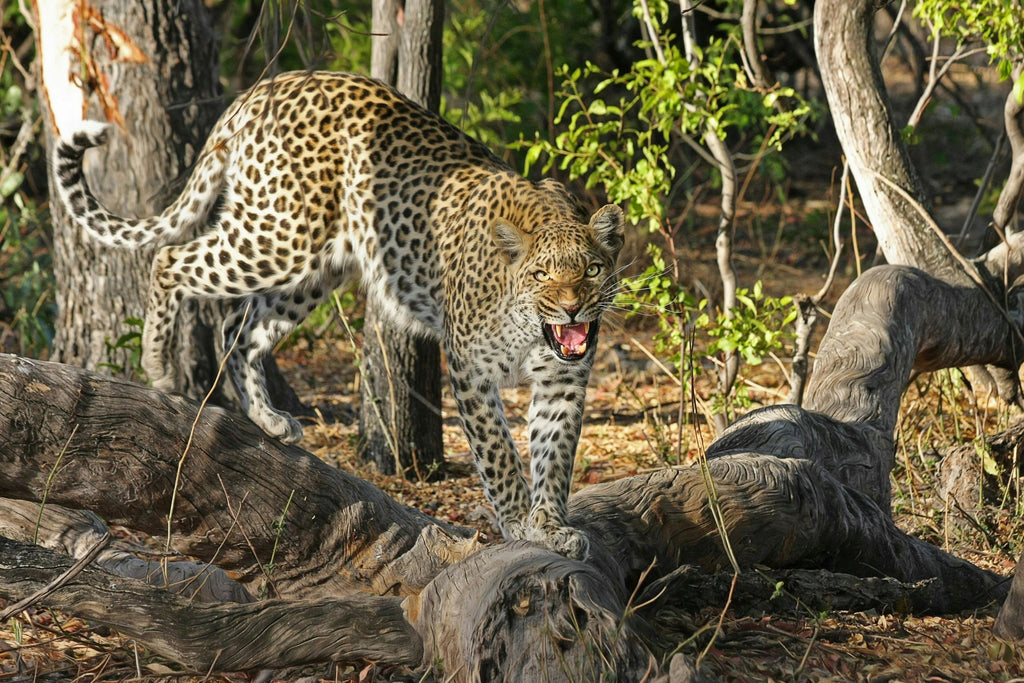
Conservation Status: The Impact on Leopard's Speed and Survival
Leopards' survival and ability to thrive are under threat due to major changes to their habitats. Their famous agility and leopard running capabilities are in danger because the places they live are disappearing fast. This situation is bad not only for individual leopards but for the whole species.
Threats to Leopard Habitats and Prey
Leopards, known for reaching the fastest leopard sprint, must adapt to smaller living spaces. Human growth, cutting down forests, and climate change have broken up their large habitats. These changes have two main effects: fewer prey for leopards and less chance to use their amazing speed to hunt.
With fewer animals to eat, leopards' health and breeding are getting worse.
Leopard Population and Genetic Bottlenecks
Leopards now face not just falling numbers but also problems with their genetic health. Although they still can run very fast, they are trapped in separate groups. Being cut off like this causes genetic bottlenecks, which might lower genetic variety and make it hard for them to handle environmental changes. Therefore, the future for these noble animals is full of tough challenges that could greatly impact their chance to survive in the wild.
Conclusion
The nimble leopard, known for its remarkable leopard speed, shows how evolution shaped top predators. These animals can dash at 36 mph, making them some of the most skilled hunters. Their fast pace and agility let them thrive in different places, from open savannas to thick forests.
Despite their impressive speed, leopards face uncertain futures. Their hunting speed of leopards suffers due to habitat loss and fewer prey. Also, low genetic diversity could weaken their strength and speed. Protecting their homes and solving these problems is crucial for their survival.
The way leopards move, their leopard running mph, teaches us about their lives and ours with nature. Protecting these magnificent creatures helps keep our planet's ecosystems balanced. Saving leopards is about more than one animal. It's about preserving our world for future generations.
Also in Tiger Blog
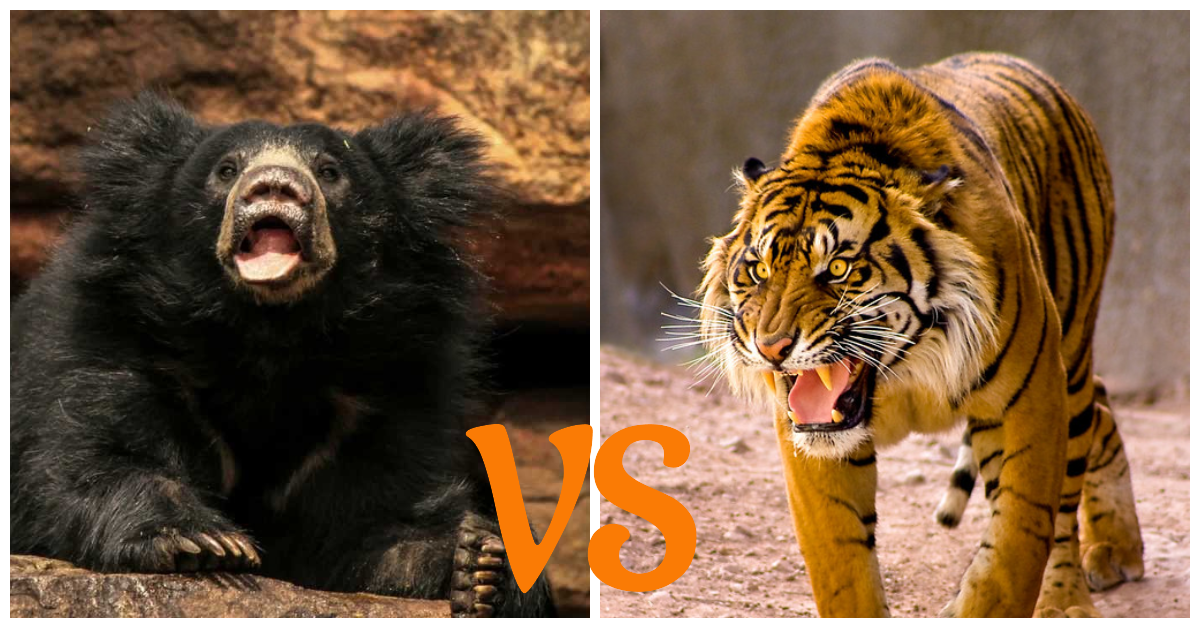
Sloth Bear vs Tiger: Who Would Win?
July 13, 2024 7 min read
Explore the thrilling showdown between a sloth bear and a tiger, analyzing their strengths, behaviors, and survival tactics.
Read More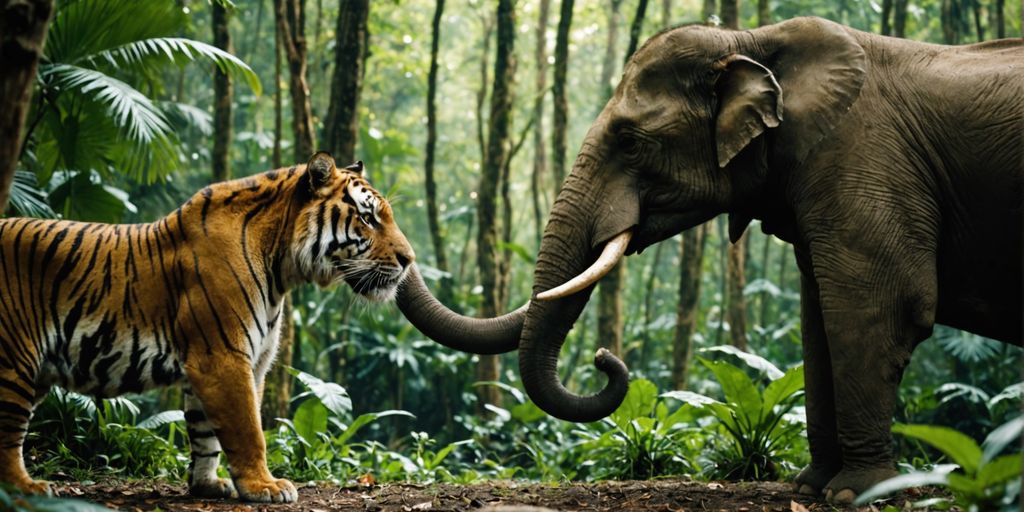
Tiger vs Elephant: Who Reigns Supreme in the Animal Kingdom?
July 13, 2024 7 min read
Explore why elephants usually triumph over tigers in the wild, highlighting their size, strength, and defensive prowess.
Read More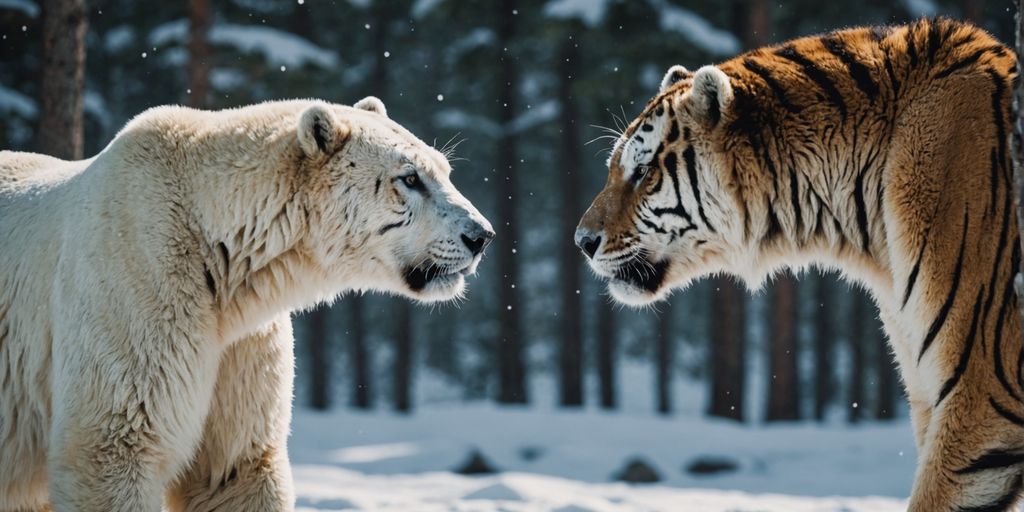
Epic Battle: Polar Bear vs Tiger, who win?
July 11, 2024 8 min read
Epic showdown: Polar Bear vs Tiger. Discover who would win in this thrilling battle of nature's fiercest predators.
Read More